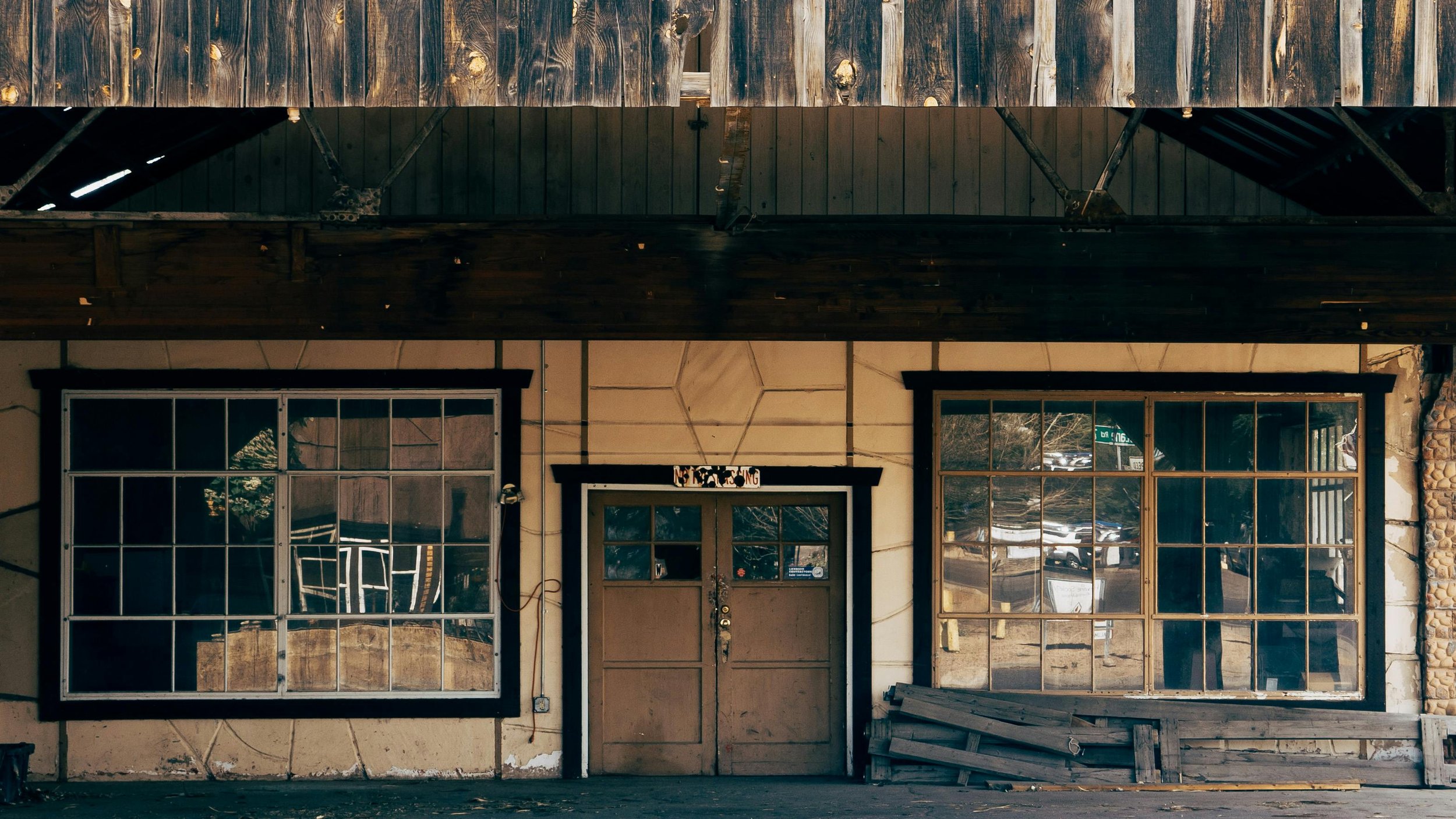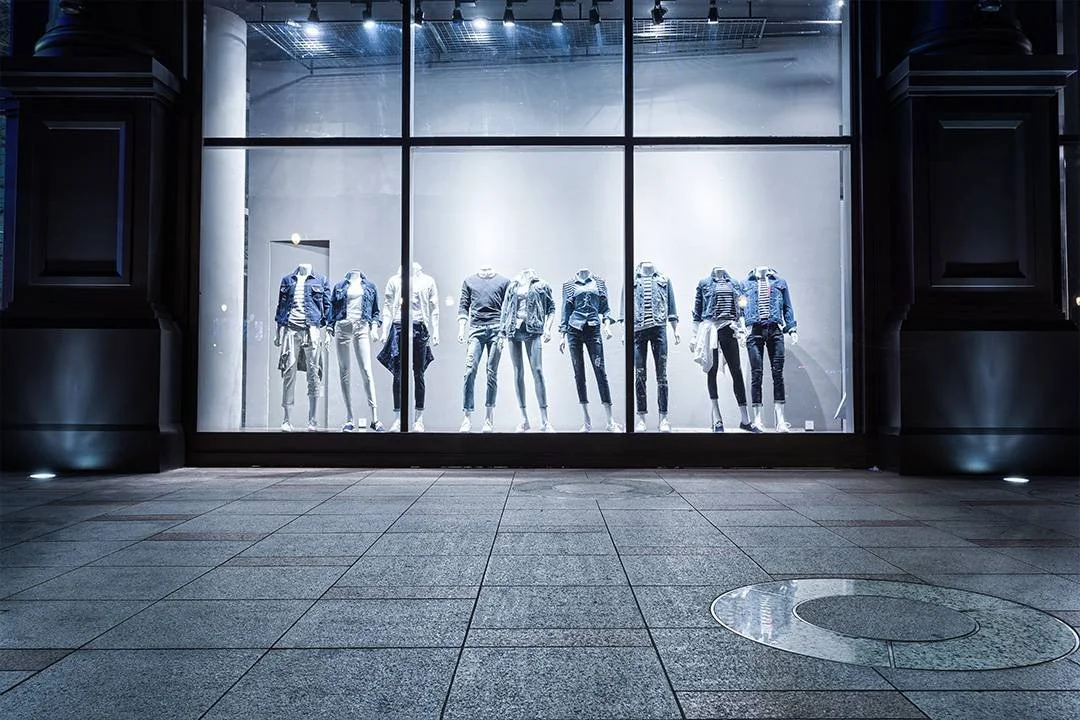Strengthening Storefront Security Against Smash-and-Grab Crimes
The notable increase in smash and grab crimes targeting retail stores poses a significant challenge for business and communities. Criminals boldly break through storefront windows and doors to swiftly steal merchandise. It is essential to understand the vulnerabilities these criminals exploit in order to implement effective security measures to reduce the risk of such incidents. In this blog, we will explore various security resources available to retailers, discuss their advantages and disadvantages, and provide tailored scenarios for each option, empowering you to make informed decisions in enhancing your storefront security.
Common Point of Entry: Smash-and-Grab Tactics
In smash-and-grab crimes, where criminals quickly break into a retail store to steal merchandise, the most common point of entry is typically through the storefront windows or glass doors. Criminals often use blunt objects like hammers, crowbars, or bricks to smash through the glass, allowing them to gain rapid access to the store's interior.
Advantages of Smashing Through Glass:
Speed: Breaking through glass is quick and requires minimal effort, allowing intruders to enter the premises swiftly and make a rapid getaway.
Minimal Noise: Smashing glass produces a loud and distinctive sound that can attract attention. However, in some cases, criminals may target businesses in isolated or low-traffic areas where noise may go unnoticed.
Visibility: Storefront windows often display valuable merchandise, making them attractive targets for smash-and-grab thieves. Breaking through the glass provides direct access to high-value items without having to navigate through interior barriers.
Surprise: The suddenness of a smash-and-grab entry can catch store owners and security personnel off guard, reducing the likelihood of immediate intervention.
Intervention Methods Providing Physical Security:
1. Bollards and Barriers:
Pros:
Deters smash-and-grab attempts by preventing or impeding vehicle access to storefronts.
Provides a physical barrier between potential intruders and vulnerable entry points.
Customizable to fit different storefront designs and security needs.
Cons:
Installation can be costly and may require permits or modifications to existing infrastructure.
May impede legitimate vehicle and pedestrian access, potentially affecting customer flow and convenience.
Requires regular inspection and maintenance to ensure continued effectiveness and safety.
Best Suited Scenario: A store located in a high-traffic urban area with a history of smash-and-grab incidents may benefit from installing bollards or security gates to prevent vehicle-based attacks.
2. Security Window Film:
Pros:
Strengthens glass windows, making them more resistant to shattering upon impact.
Delays forced entry and provides valuable time for response by authorities or security personnel.
Offers UV protection, reducing fading and damage to merchandise and interior furnishings.
Cons:
Installation and maintenance costs can be significant, especially for larger storefronts.
May alter the appearance of windows, potentially impacting the aesthetic appeal of the store.
Limited effectiveness against determined intruders with specialized tools or techniques.
Best Suited Scenario: A boutique store with large, prominent windows displaying high-value merchandise may benefit from installing security window film to deter smash-and-grab attempts while preserving the storefront's visual appeal.
3. Security Polycarbonate Glazing:
Pros:
Highly durable and resistant to impact, providing effective protection against forced entry.
Lighter than glass, making it easier to install and reducing the risk of injury from shattered glass fragments.
Can be customized to fit different window sizes and shapes, offering flexibility in design and security requirements.
Cons:
Initial cost may be higher than traditional glass windows.
More prone to scratching than glass, requiring regular maintenance to maintain clarity and appearance.
Some materials may degrade over time when exposed to sunlight, requiring UV-resistant coatings or treatments.
Best Suited Scenario: A convenience store located in a high-crime area may benefit from installing polycarbonate glazing to fortify vulnerable entry points and deter smash-and-grab crimes.
4. Alarm Systems:
Pros:
Provides early detection of smash-and-grab attempts through glass break detectors and motion sensors.
Audible alarms disrupt criminal activity and increase the likelihood of apprehension.
Immediate alerts to authorities or security personnel facilitate a rapid response to security incidents.
Cons:
False alarms can lead to unnecessary disruptions and costs.
Effectiveness depends on the speed of response by authorities or security personnel.
Vulnerable to tampering or disabling by knowledgeable intruders.
Best Suited Scenario: A jewelry store with valuable inventory may benefit from installing an alarm system equipped with glass break detectors to quickly detect and deter smash-and-grab attempts.
5. Surveillance Systems:
Pros:
Visible cameras deter potential criminals and provide evidence for investigations and prosecution.
Real-time monitoring allows for swift response to suspicious behavior.
High-definition cameras with night vision capabilities offer clear footage in all lighting conditions.
Cons:
Installation and maintenance costs can be significant, especially for comprehensive surveillance coverage.
Privacy concerns may arise if surveillance is not implemented responsibly.
Limited effectiveness against certain types of crimes or in blind spots.
Best Suited Scenario: A retail chain with multiple locations may benefit from installing surveillance systems to monitor storefronts and entry points remotely, providing comprehensive security coverage across all stores.
Conclusion:
By understanding the pros and cons of various security resources and considering the specific needs and vulnerabilities of their retail environment, businesses can implement effective measures to protect against smash-and-grab crimes. Whether it's installing bollards and barriers, security window film, security polycarbonate glazing, alarm systems, or surveillance systems, each option offers distinct advantages and considerations. By selecting the appropriate security measures and integrating them into a comprehensive security strategy, retailers can safeguard their assets, employees, and customers, and deter would-be intruders from committing smash-and-grab crimes.







